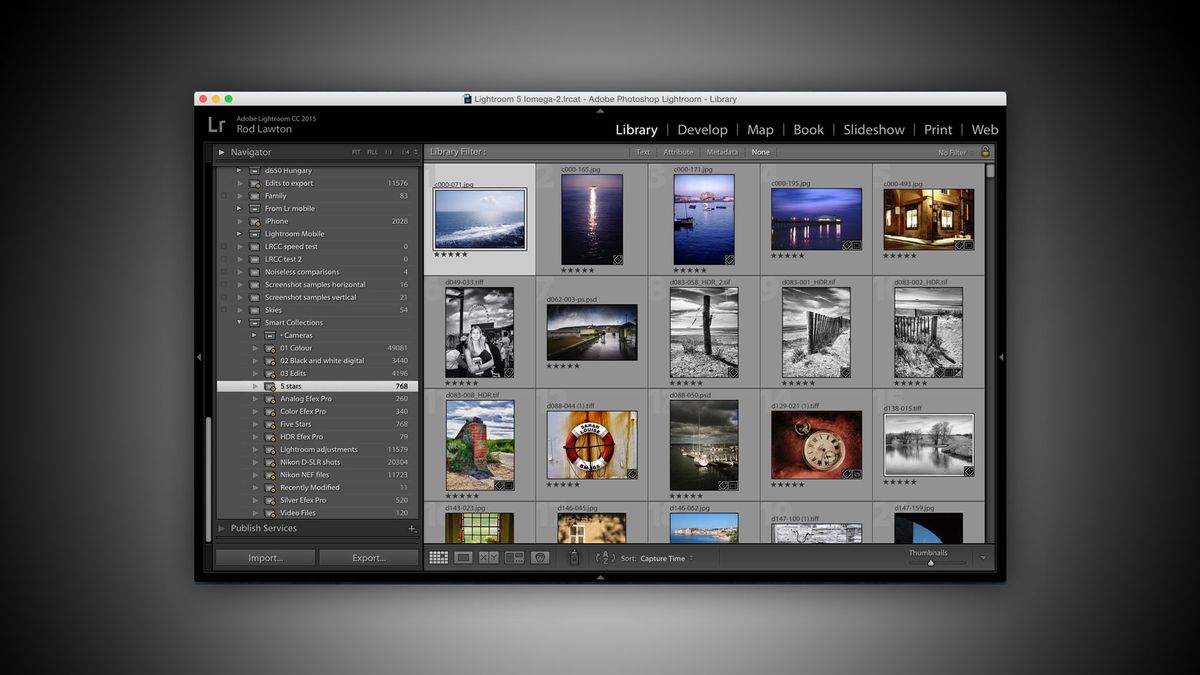

- LIGHTROOM 6 VS OLYMPUS VIEWER 3 FOR RAW EM1 MARK II FILES MOVIE
- LIGHTROOM 6 VS OLYMPUS VIEWER 3 FOR RAW EM1 MARK II FILES ISO
- LIGHTROOM 6 VS OLYMPUS VIEWER 3 FOR RAW EM1 MARK II FILES PLUS
So, an orange filter will darken a blue sky and water and brighten an orange lifebelt. In photography, a colored filter will brighten the same color and darken the complementary. That is a very simplified explanation, but it's a good place to start. Yellow + Blue = Green: The complementary color is red, as it is not part of the green.īlue + Red = Purple: The complementary color is yellow, as it is not part of purple.

Red + Yellow = Orange: The complementary color is blue, as it is not part of the orange.

The complementary color of the secondary color is that which is not part of its composition, i.e.: Mixing any two of those colors, we get the secondary colors. If you remember mixing paints at school, then you'll recall there are three primary colors: red, blue, and yellow. To understand how colored filters work, we must know a bit about complementary colors. Some I find meh, but I particularly like the monochrome JPEGs produced by Olympus and Fujifilm cameras.
LIGHTROOM 6 VS OLYMPUS VIEWER 3 FOR RAW EM1 MARK II FILES PLUS
If you haven’t already, now might be a good time to switch your camera over to shooting raw or raw plus JPEG and learn the skills of post-processing.Īlthough it is subjective, different cameras produce different black and white JPEG results, and some are better than others. However, if you are a JPEG shooter, then you will only have the black and white version of the image. If you shoot raw, all the color detail will still be stored and accessible by the development software. This is a great way of learning to see in black and white, finding out what works and what doesn't. With a DSLR, one would have to look at the image after shooting. If you use a mirrorless camera, by switching over to black and white, one can preview through the viewfinder how the images will appear. An increase in contrast and a decrease in shadows and blacks darkened the people and the horses. Over exposing by two stops turned the sand and the sea nearly white, so the horizon was lost. If necessary, increase the exposure, whites, and highlights. Then, in post-processing, reduce the shadows and blacks to make the subject stand out. Add two to three stops of extra exposure to the image and the landscape becomes white. It would work equally well on a sun-drenched street. This is a favorite technique of mine for shooting on a beach where the sand and the sea are bright and people are dressed in darker clothes. If you have a predominantly bright background, by increasing the exposure, one can make dark subjects move into the mid-tones, and the bright background becomes white. You may have to change the power of the flash to avoid overexposure or use flags to stop the light from spilling onto other objects in the frame. Then, switch on and fire the flash at the subject. Reduce the aperture until the entire picture is black. Set the shutter to the camera’s flash sync speed, usually 1/200th or 1/250th second.
LIGHTROOM 6 VS OLYMPUS VIEWER 3 FOR RAW EM1 MARK II FILES ISO
Handheld Olympus OM-D E-M5 mark II, 35mm, ISO 1,000, f/3.7, 0.4 seconds (-1.7 EV).Īlternatively, try lighting just your subject with a flash.

Then, reduce the exposure so the subject and the light move into the mid-tones and the surroundings become dark or even black.Ĭombining chiaroscuro technique with abstract shapes brought into context by a moving figure. For example, look for shafts of sunlight illuminating a leaf in a forest or shining between buildings onto a person. Try applying similar techniques in your black and white photography. The famous scene where Orson Welles’ character, Harry Lime, is first revealed, lit in a doorway from an overhead window, plus the climax where Lime is pursued by the police in the Viennese sewers, are great examples.
LIGHTROOM 6 VS OLYMPUS VIEWER 3 FOR RAW EM1 MARK II FILES MOVIE
This technique was powerfully used in Carol Reed's movie adaption of Graeme Green’s “The Third Man.” Robert Krasker’s cinematography emphasized the contrasting shadows and highlights. These strong contrasts work particularly well in black and white photography, especially with low-key images where blacks and shadows dominate. This is where there is a strong contrast between dark and light, which he took to extremes in a style sometimes known as Tenebrism. The great Baroque artist, Caravaggio, used chiaroscuro techniques in his work. 2. Learn from Caravaggio and The Third Man It has an L-shaped histogram with a lot of deep shadows and then a gradual increase in tones to the highlights. This low-key, abstract photograph was a part of a study of light and shadows.


 0 kommentar(er)
0 kommentar(er)
